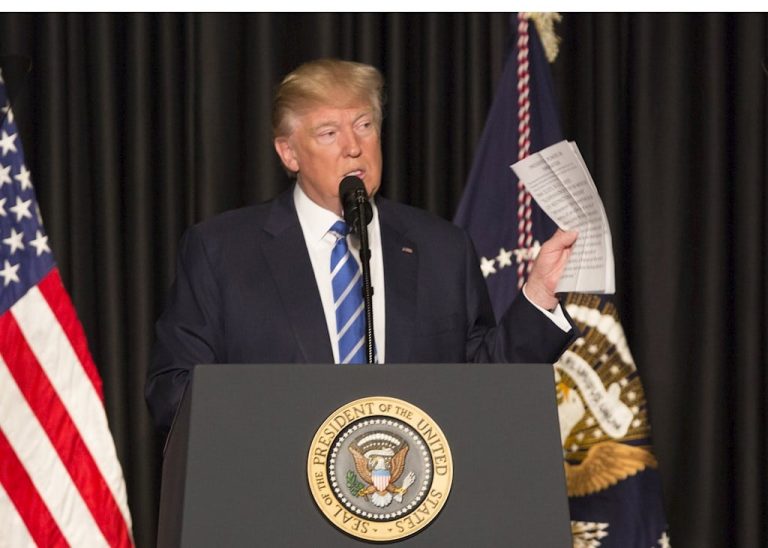18 de enero 2021

Nicaragua: Public Employees Hindered from Traveling to USA

PUBLICIDAD 1M
PUBLICIDAD 4D
PUBLICIDAD 5D
The four years of the chaotic and terrible Trump government adopted a posture that revived the worst of Cold War anti-communism.

La ambivalencia es un recurso del nuevo populismo global
The end of the Trump government is approaching, but it’s approaching in a dangerous way. The pending second impeachment trial could lead to his being left outside of the United States political class.
Trump always cultivated the image of an outsider and feigned an anti-establishment agenda. His closest approximation to a really alternative practice took place on January 6th. On that day, he incited the most extremist elements of his base to take over the Capitol.
It shouldn’t be forgotten, however, that Trump’s political insurrection was fed by conservative and racist US. traditions. Corey Robin, a professor at Brooklyn College, calls it “reactionary”, dating back to the 18th century.
Much of that rightist authoritarian radicalism came into prominence with George W. Bush. Bush restricted public freedoms as part of the “war on terror”. It was also reflected in the Tea Party movement and the hostility against the administration of Barack Obama.
In Latin America, we’ve been able to note that Trump gave continuity to some traditional Washington policies. During his campaign, he rejected the free trade agreements and made Mexico the focus of his racist attacks. However, his administration introduced a new protocol for economic interdependence between the US and their southern neighbor. On that flank, Trump found an obliging leader in Mexican president Andres Manuel Lopez Obrador.
Lopez Obrador was willing to advance Trump’s new trade protocol. He also accommodated Trump’s immigration policy, as Washington pivoted to a nativist or xenophobic position.
During the 2016 campaign, and between 2017 and 2018, the Bolivarian left viewed the Trump government expectantly. Raul Castro was the first Latin American ruler to congratulate him in 2016. In 2017, Paul Manafort, Trump’s campaign head, visited the island and held conversations with Alejandro Castro, Raul Castro’s son.
During those years, there were constant calls from Nicolas Maduro for a dialogue with Trump. Not a few leftist ideologues were encouraged by Trump’s backing of Vladimir Putin and his negotiations with Kim Jong-un. These leftists maintained that Trump’s isolationism was beneficial for the struggle against neo-liberalism.
It’s not until 2019, when Trumpism began to be centrally viewed as a greater danger to the Bolivarian left. During this period, the US president intensified the sanctions against Venezuela and Cuba, and openly backed the coup in Bolivia. It was also in 2019 that Trump clearly demonstrated his sympathies for Jair Bolsonaro, who had been elected president of Brazil. Bolsonaro visited Washington in 2020, as did Colombian president Ivan Duque, and Mexico’s Lopez Obrador.
The four years of this chaotic and terrible government could be narrated and analyzed as a gradual return to the past. Trump and Trumpism slowly adopted the traditional Conservative line with regards to Latin America. A line that revives the worst facets of Cold War anti-communism and the interventionalist philosophy of the “war against terror”.
Archivado como:
PUBLICIDAD 3M
Historiador y ensayista cubano, residente en México. Es licenciado en Filosofía y doctor en Historia. Profesor e investigador del Centro de Investigación y Docencia Económicas (CIDE) de la Ciudad de México y profesor visitante en las universidades de Princeton, Yale, Columbia y Austin. Es autor de más de veinte libros sobre América Latina, México y Cuba.
PUBLICIDAD 3D